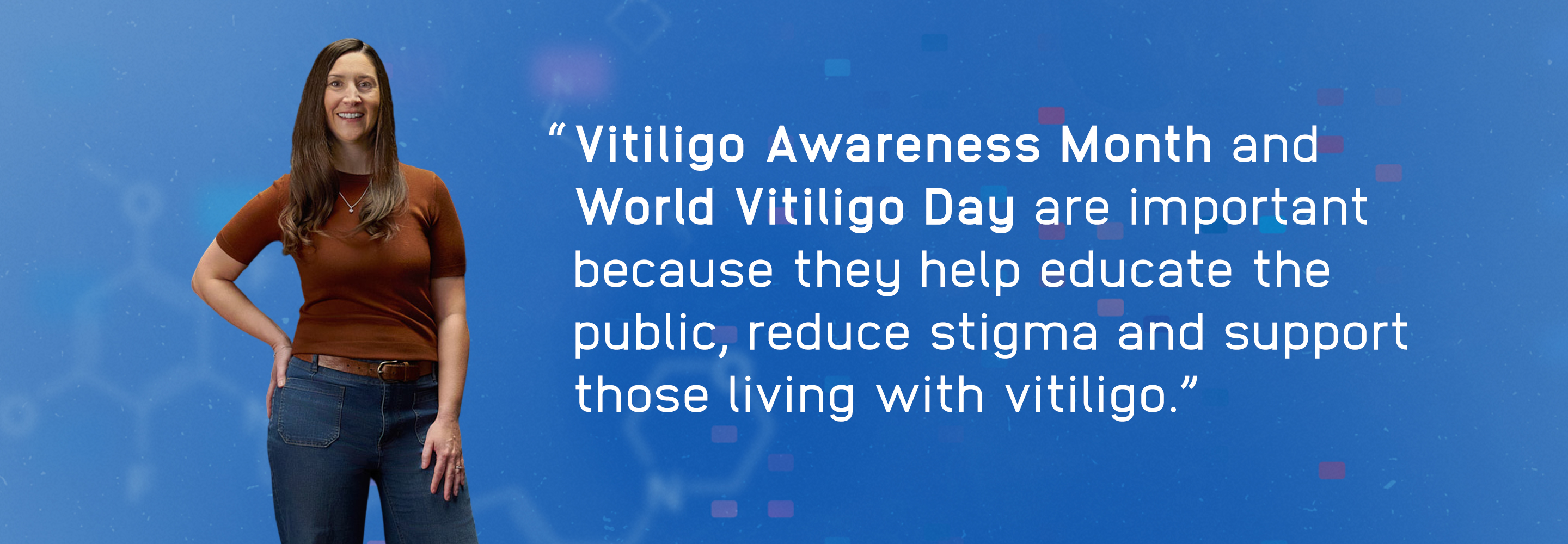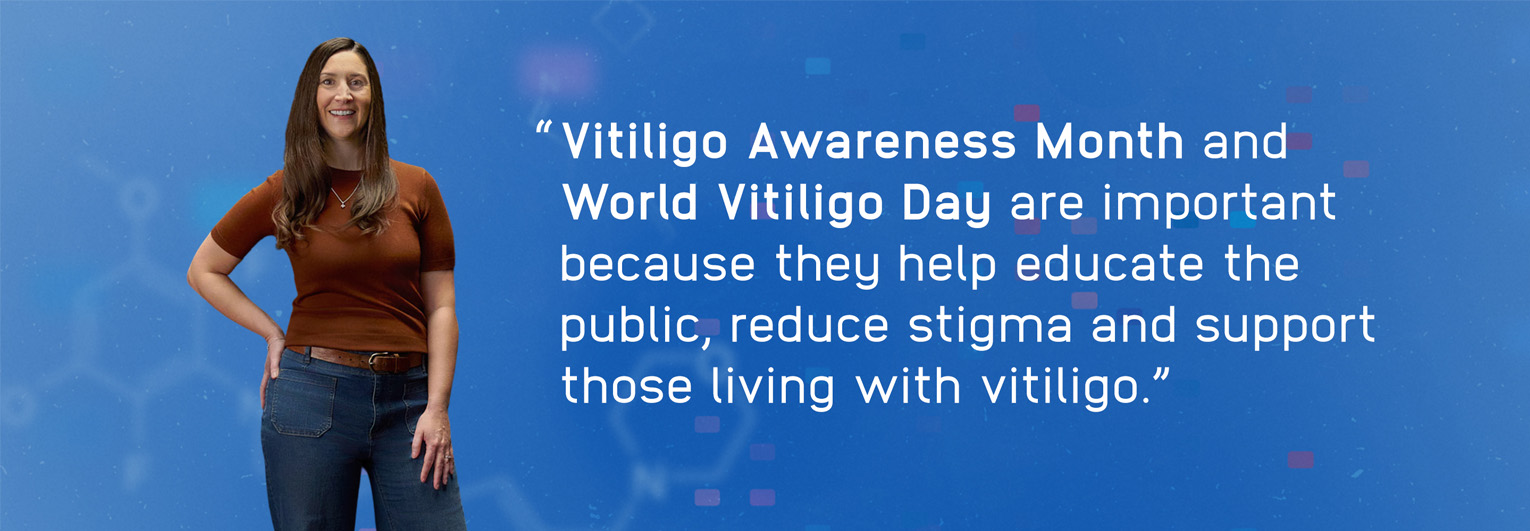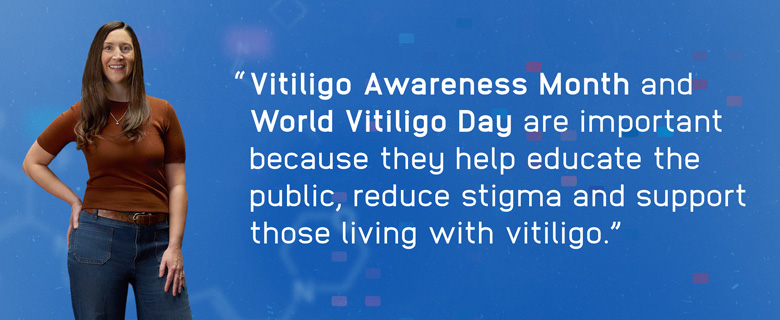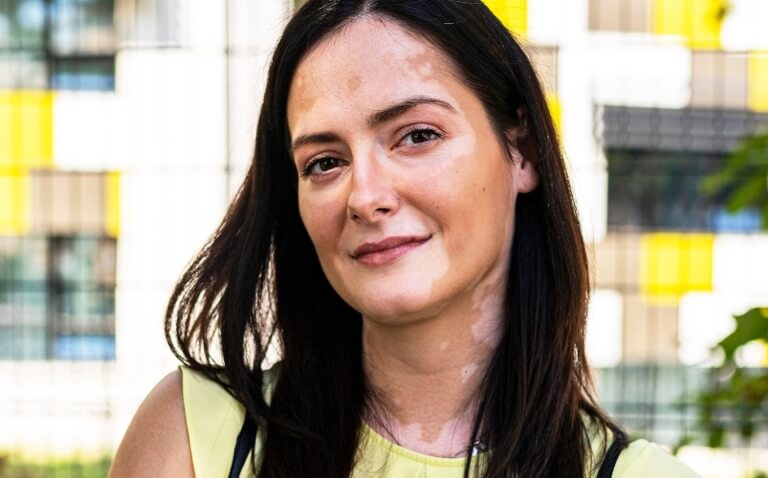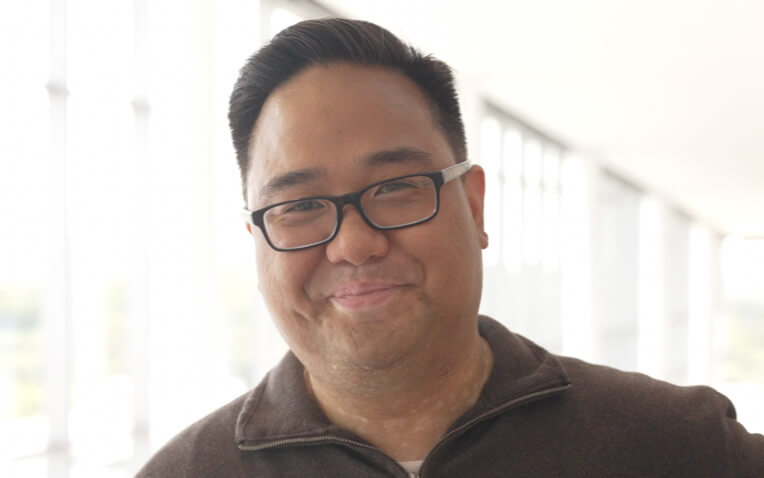June 25, 2025
Reflections on Living with Vitiligo
More than 1.5 million people in the U.S. are diagnosed with vitiligo, a chronic autoimmune condition marked by the loss of skin pigment. The visible signs of vitiligo may evolve slowly and uniquely for each individual, often leading to emotional and social challenges. Despite its prevalence, vitiligo remains widely misunderstood – contributing to stigma and isolation for those affected.
At Incyte, we believe no one should navigate this journey alone and we work to support people living with vitiligo every step of the way, providing education, resources and innovation. This June, in honor of Vitiligo Awareness Month and World Vitiligo Day (June 25), we are honored to share Sarah’s story: one of resilience, self-advocacy and strength.
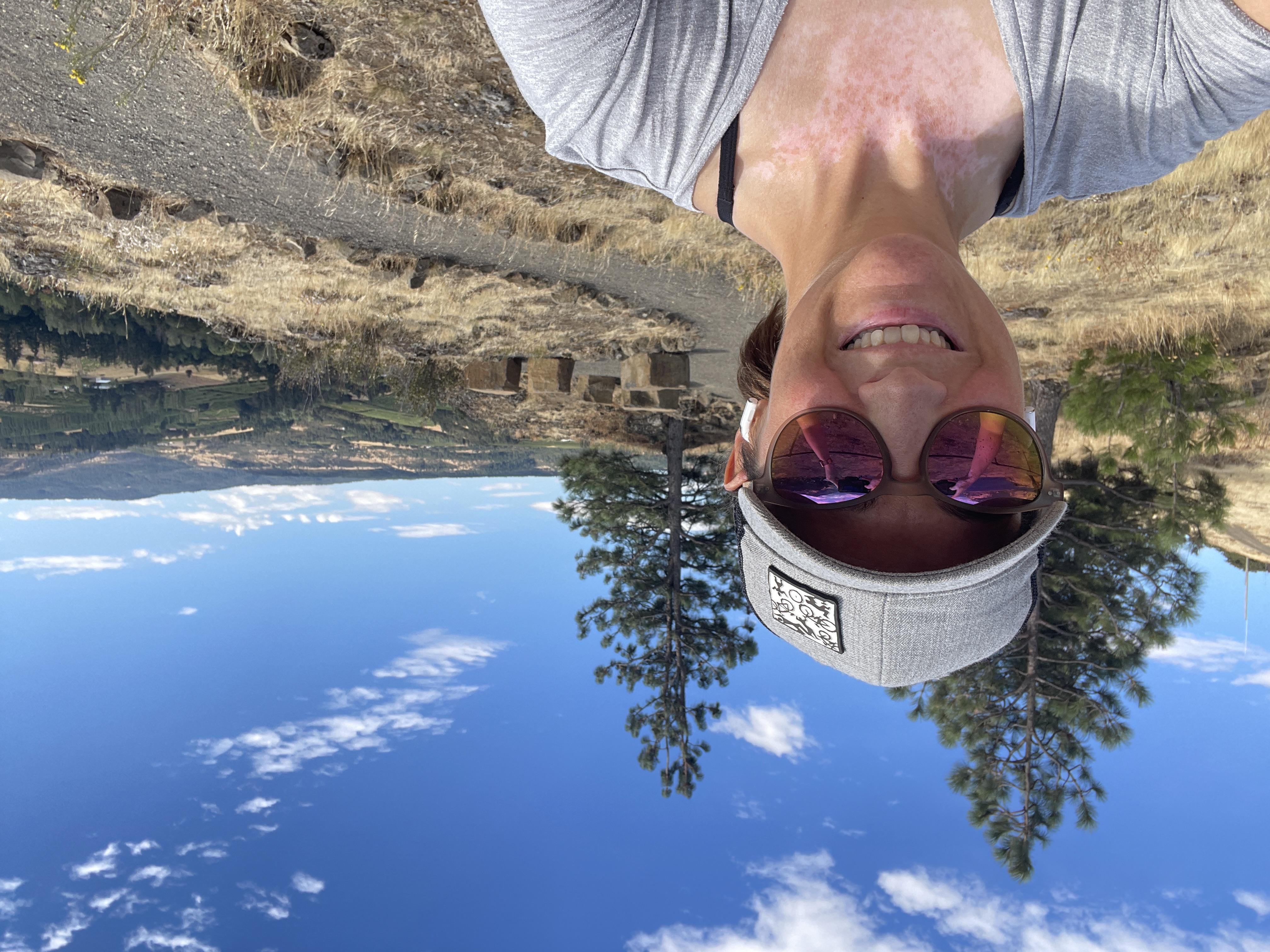
MEET SARAH
Sarah is a wife, mother of two and a dedicated educator from the Pacific Northwest. She has lived with vitiligo for nearly two decades and shares its impact on her daily life and how she found empowerment in advocating for herself to seek treatment.
Q: Tell us about yourself – what is your occupation and how do you enjoy spending your free time?
Sarah: I'm 44 years old and have spent 21 years as an educator. Outside of work, I love being outdoors – hiking, exploring and just being in nature with my family.
Q: How did your journey with vitiligo begin?
Sarah: I first noticed a spot on the back of my neck at the start of my teaching career. I went to my dermatologist who mentioned that what I was experiencing is a condition called vitiligo. At the time, I really did not know much about the condition, so the uncertainty was overwhelming at first. I didn’t know how rapidly my vitiligo would progress or how extensively it would affect my body. Navigating this new part of me was incredibly challenging.
Q: How has vitiligo impacted your life?
Sarah: As someone who loves being outside, I was very aware of the impact the sun had on my skin, especially as my vitiligo progressed to my face. As I tanned in the sun, the depigmented skin was much more obvious, and I was much more prone to sunburn in those areas. Vitiligo has also naturally made me much more aware of how I am perceived by others, whether in a large group or an intimate setting. It has made me self-conscious, and I would often find myself trying to explain my condition. At times, it also influenced things like what I chose to wear; I accumulated a ton of turtlenecks and scarves to hide my vitiligo.
Q: Have your feelings regarding your condition changed over the years? If so, how?
Sarah: Initially, vitiligo felt like unchartered territory, and the uncertainty of how I might look at 50 or 60 years old was disheartening. However, managing my vitiligo in partnership with a dermatologist has made all the difference. It not only educated me about the condition but also empowered me to be proactive in managing it.
Q: How did your relationship with vitiligo change after you started managing it with a dermatologist?
Sarah: At first, vitiligo felt unfamiliar and daunting. But, learning more and seeking care with my dermatologist helped me reclaim a sense of control. What began as an initial step – seeking treatment – became a powerful act of self-care. It changed how I see myself as a mother, professional and friend, allowing me to embrace my journey with confidence and strength.
Q: What are some common misconceptions about vitiligo that you wish more people understood?
Sarah: A lot of people think vitiligo is just a cosmetic issue or that you can catch it from someone else. I really wish more people knew that it's an autoimmune condition, not something you can just catch or something that's only about appearances.
Q: What’s something (or multiple things) that you wish other people living with vitiligo knew?
Sarah: Vitiligo doesn’t have to dictate your life. A powerful first step is to speak with a dermatologist to learn more about the condition and explore what management options are available for you.
Q: What advice would you offer to someone newly diagnosed with vitiligo or to those living with the condition?
Sarah: Advocate for your health, ask questions and seek a supportive dermatologist who is willing to talk to you about your choices. I also think it’s so important to educate yourself on the condition. I wish I had asked more questions about vitiligo when I was initially diagnosed, so that I could’ve been better informed and better advocated for myself.
Q: Why do you think Vitiligo Awareness Month and World Vitiligo Day are important, and how do you participate in raising awareness?
Sarah: Vitiligo Awareness Month and World Vitiligo Day are important because they help educate the public, reduce stigma and support those living with vitiligo. I participate by encouraging open conversations, whether in schools, workplaces or among friends, to challenge misconceptions, foster empathy and create a more inclusive environment where people feel seen and accepted for who they are.
Q: What do you hope to see in the future for vitiligo awareness, research and for those living with the condition?
Sarah: My hope for the future includes increased funding for research, more treatment options, greater representation in media and a society that fully embraces and supports people with vitiligo.
OUR COMMITMENT
At Incyte, stories like Sarah’s are at the heart of our mission. Through ongoing education, research and advocacy, we strive to advance care and amplify voices of those living with dermatologic conditions, like vitiligo. For patients like Sarah, we remain steadfast in our mission to Solve On., helping them feel empowered and understood.
